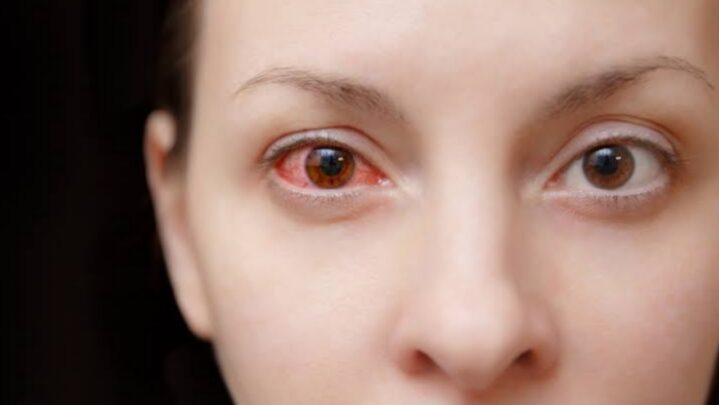When the white area of your eye turns reddish or pink and if it becomes itchy, you may have a disease called pink eye. Pink eye can also be known as conjunctivitis. Pink eye can be a result of bacterial or viral infection, or it might be caused by an allergic reaction.
Bacterial and viral conjunctivitis are both highly infectious, and you may be contagious for up to two weeks after symptoms first appear but allergic conjunctivitis is not infectious. The infection of pink eye can be passed to someone else in the exact ways how other viral and bacterial infections can be spread.
The period of incubation for viral or bacterial conjunctivitis is approximately 24 to 72 hours. If you touch anything with the infection or bacteria on it and then when you touch your eyes, you can get a pink eye infection. Most bacteria can last on a surface for up to eight hours, though some can live for a few days. Maximum viruses can exist for a couple of days, with some lasting for two months on a surface.
The virus can also spread to other people through close contacts, such as a handshake with an infectious person or hugging or kissing the infected person. Coughing and sneezing can also spread the virus.
You’re at an increased risk for pink eye if you use contact lenses, mainly if they’re extended-wear lenses. That’s because bacteria can live and develop on the lenses.
Consult a doctor if you notice symptoms of conjunctivitis in your eyes or those of your child. Early treatment can help decrease symptoms and lower the chance of spreading the infection to other people.
Keep reading Successyeti.com
Also Read: All You Need To Know About Tonsillitis





